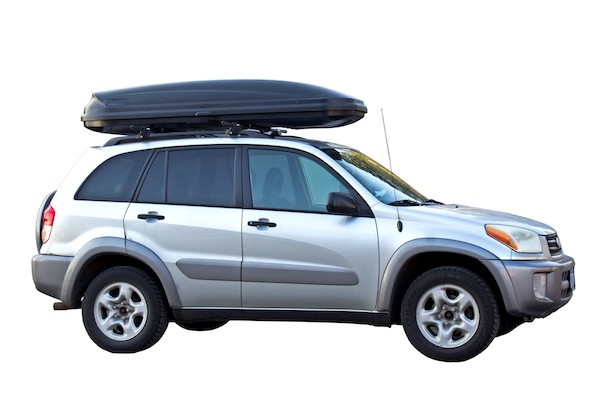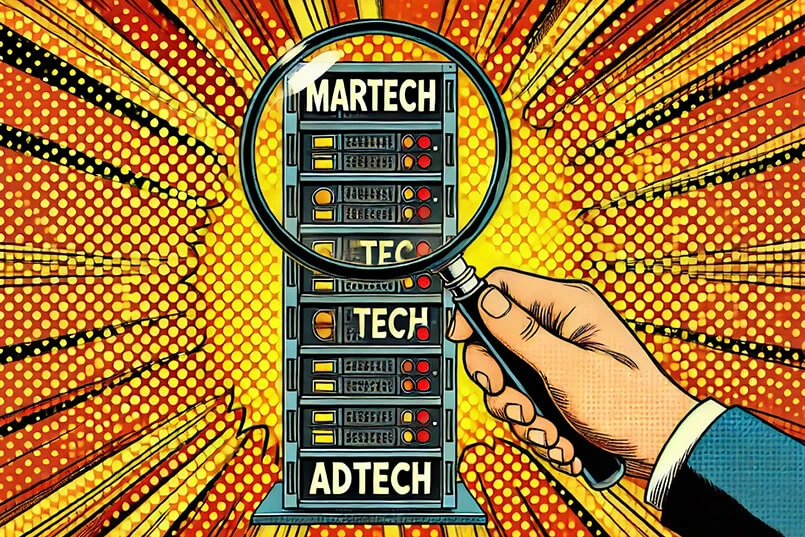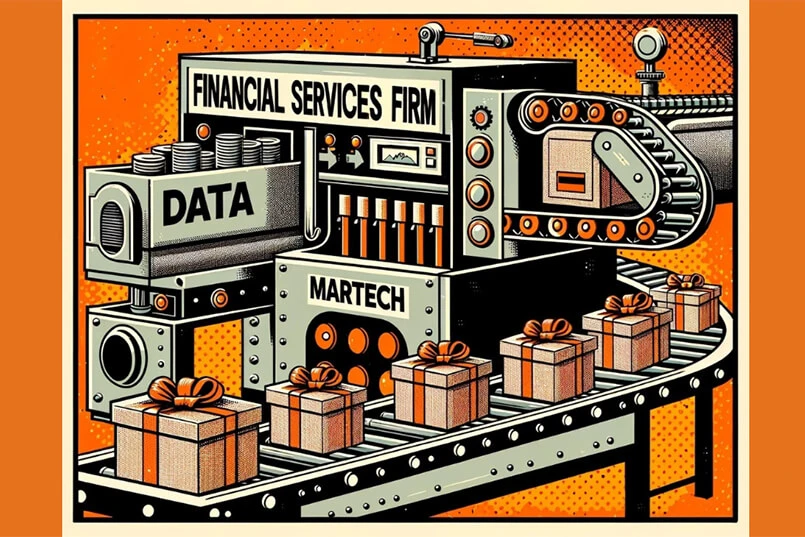The automotive industry is being disrupted globally. Electric motor vehicles like the Tesla are providing a viable and desirable alternative to the fossil fuels of the past. Diesel technology has been shown not to be as environmentally friendly as they would have us believe.
Autonomous vehicles are evolving, and at best estimate ten to twenty years away. In the meantime manufacturing costs have been reduced, while technology features are becoming common in even the most budget priced vehicles making the market more price sensitive than ever. The only question mark is the cost of the commodity resource prices of the raw materials of manufacture and the cost of transportation in a global market place.
No wonder brand and marketing are becoming such a hot focus in a market where these are increasingly providing the differentiators in a category that is all about maintaining margin and winning market share from the competitors.
No wonder we have seen an increased amount of motor vehicle brands look to review their creative agency arrangements in the past 12 months across the region.
But the challenges of this process are increasingly more complex as brands move from audience segments and advertising to customer data driven insights executed across a range of channels including traditional media and of course digital to deliver and reinforce the brand experience right through the sales funnel.
Case Study 1
Automotive – Agency Search & Selection (Australia)
Challenging Problem: In one of the most competitive auto markets in the world (measured by number of brands in this market per capita), combined with generic and vanilla auto advertising across the board, exacerbates the need for something different in strategy and communications, which means selecting an agency that’s both innovative, insightful and confident and capable enough to seriously challenge the client.
Creative Solution: Dynamic between dealer network and marketing particularly acute and finely balanced meaning complex stakeholder navigation required; internal communication was very important. Agency dynamics and demonstration of gravitas strong enough to handle this challenge was particularly important in this pitch.
So this pitch was more pronounced than most in regard of ‘agency needs to challenge the client’ and the pitch was for one pivotal brand launch, rather than the whole business. As a result of both of these things, it was both important and feasible to start with a list of pitching agencies that was relatively diverse for such a big brand – local to global, networked to independent, start-up to established.
Process: The TrinityP3 Search and Selection process was ideal in this situation as the Strategic Workshops with the three shortlisted agencies allowed the marketing team to work with and assess the capability and confidence of the agency to explore and push the client’s boundaries. The process also importantly allowed key stakeholders to participate in the selection process ensuring buy-in and ownership of the final selection decision.
Timeline: The process from initial search brief to appointment took 14 weeks with significant stakeholder engagement up front and global approvals and updates throughout the process.
Result and feedback: Whilst the budget was limited, the comparative measurement of agency value in this pitch was very much based on strategic capability, linkage of that capability to creative output, and ability to innovate in category, rather than pure dollars (which is of course as it should be).
This is a partly due to the circumstance of a product launch that was perceived as essential to shifting brand perception. Whilst ‘extension into retail’ was part of the creative brief, the bigger retail BAU piece was not part of this pitch (and would still be handled by the incumbent across the rest of the portfolio).
Being a global brand the tension between ‘local’ and ‘global’ was apparent. Whilst it would be sensible to assume that the globally networked agency would carry an advantage, this wasn’t necessarily the case in view of the fact that the marketing team wanted to retain the right balance of independence.
Case Study 2
Prestige Automotive – Agency Search & Selection (Asia)
Challenging Problem: The company global procurement policy is to review their supplier arrangements every three years and therefore it was incumbent on the marketing team to go to market to review their current arrangements against the market place.
Creative Solution: Being a prestige but unique brand it was important to find agencies that were happy to work on a relatively small budget where the bulk of the scope of work would be adapting global materials. Had credentials with premium not as such luxury brands, social capability so they could be creative with budget.
Process: Clients want non-compete across the automotive car brand category, whilst having automotive category experience in the Agency/team leading to very long list (30+) analysis to get the target 8-10 long list.
Clients ask for very creative agencies that also must demonstrate maturity in handling often strict global CI’s that are in place. This creates a certain level of conflict for the agency search.
Bulk of the work is adaptation that requires mostly messaging interpretation/origination as either budgets or permission to change visuals are lacking, which then frustrates the creative agency
Local client wants the creative agency to ‘go the extra mile’ on how they would tackle a brief, yet the work is very seldom used, as no additional budget is available and the global material gets adapted. The agency stops ‘going the extra mile’ as they see they are wasting resource for no reward and the client starts to get frustrated.
As the work is mostly global ‘adaptation’ to fit the local market needs there is often little or no creative glory for the local agency
Budgets are moving more towards digital, whilst still needing ATL….so SOW is increasing yet the actual budget does not increase
Timeline: Luckily we had mapped the process up front as with the large number of public and religious holidays to accommodate and the travel commitments of the marketing team the process from initial search brief to appointment took 18 weeks.
Result and feedback: Issue for client was they have a budget that is on the lower end of the spectrum and can be a challenge to keep the agency inspired. However they will expect the agency to work and present a lot of ideas in an attempt to beat the global idea, so the agency will re-present and amend work quite a lot.
As the work is mostly global ‘adaptation’ to fit the local market needs there is often little or no creative glory for the local agency
Finding the Agency with the passion for the brand to match that of the client and thrive in this situation was also part of the challenge.
Case Study 3
Luxury Automotive – Agency Search & Selection (SE Asia)
Challenging Problem: The client’s opinion was the incumbent had not evolved into the digital space and felt they needed to pitch to find an agency with strong digital creative strength. Budgets are moving more towards digital, whilst still needing traditional brand advertising, meaning that scope of work is increasing while the actual budget remains stagnant.
Creative Solution: explore the landscape for an agency that could possibly offer expertise in the luxury brand category with strategic strength.
Process: Clients want non-compete across the automotive car brand category, whilst having automotive category experience in the Agency/team leading to very long list (30+) analysis to get the target 8-10 long list.
Timeline: The process from initial search brief to appointment took 14 weeks with significant stakeholder engagement up front and global approvals and updates throughout the process.
Result and feedback: Clients ask for very creative agencies that also must demonstrate maturity in handling often strict global CI’s that are in place. This creates a certain level of conflict for the agency search.
Bulk of the work is adaptation that requires mostly messaging interpretation/origination as either budgets or permission to change visuals are lacking, which then frustrates the creative agency
Local client wants the creative agency to ‘go the extra mile’ on how they would tackle a brief, yet the work is very seldom used as no additional budget available and the global material gets adapted. The agency stops ‘going the extra mile’ as they see they are wasting resource for no reward and the client starts to get frustrated.
TrinityP3’s comprehensive Search & Selection process provides extensive market knowledge, tightly defined process and detailed evaluation and assessment. Learn more about it here






